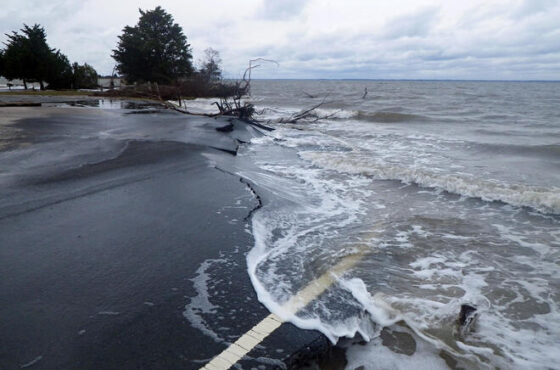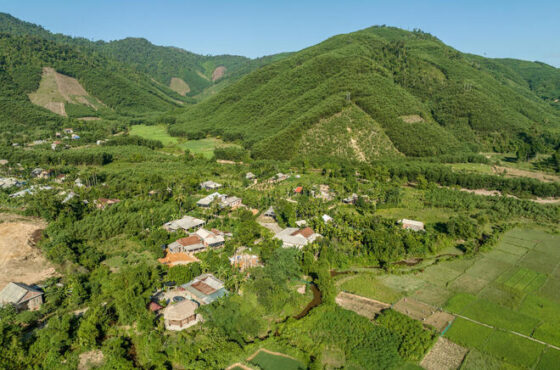Regional Grid Expansion Moves Ahead in Rocky Mountain States
Published by the Natural Resources Defense Fund
As California and the West continue to explore the possibility of a regional market to save money and ensure more clean energy powers the homes and businesses of their residents, several electric utilities along the Rocky Mountain Front Range are moving forward with their own grid reforms. So, what does this mean for California and the rest of the West?
The effort, called the Mountain West Transmission Group (Mountain West) first began back in 2013. Since then, it has evaluated the potential benefits of joining one of the existing Regional Transmission Organizations (RTOs), and assessing the costs and benefits of membership: The California Independent System Operator (CAISO), the Mid-Continent Independent System Operator (MISO), PJM Interconnection (PJM), and the Southwest Power Pool (SPP) all submitted proposals to Mountain West to become part of their RTOs.
Although no decisions have yet been made, Mountain West is focusing on in-depth discussions with the Southwest Power Pool (SPP), headquartered in Little Rock, Arkansas.
Why would the Mountain West utilities want to join a regional grid organization? For one thing, it will save money. Sharing power across a single, large grid region is a lot more efficient than each utility separately managing its electricity needs. Larger market regions are especially helpful for getting as much electricity as possible from the west’s abundant wind and solar resources.
The multi-colored map below shows the 38 different entities managing the way power flows around the Western Interconnect. This is a complex and inefficient process that needs to be modernized. Better coordination and management of the electric grid are keys to our clean energy future.

Mountain West consists of these 10 public and private utilities:
- Basin Electric Power Cooperative (BEPC), based in Bismarck, N.D.;
- Black Hills Energy’s three electric utilities in Colorado, South Dakota and Wyoming, subsidiaries of the Rapid City-based Black Hills Corp
- Colorado Springs Utilities (CSU);
- Platte River Power Authority (PRPA), based in Fort Collins, Colo.;
- Public Service Co. of Colorado (PSCo), an operating company of Xcel Energy based in Denver;
- Tri-State Generation and Transmission Association (Tri-State), based in Westminster, Colo.; and
- Western Area Power Administration’s (WAPA) Loveland Area Projects (LAP) and Colorado River Storage Project (CRSP).

Combined, the 10 utilities represent nearly 6.4 million customers, primarily in the U.S. Rocky Mountain Region, and have about 10,000 MW of load.

Here is a map of what the two new regional operators would look like in the West and how SPP and Mountain West could become one.
Mountain West and a West-Wide RTO – Complementary or Competing?
Mountain West’s initiative differs from the ongoing regional expansion discussions of California utilities and other stakeholders in that the Mountain West members are thinking about joining an existing RTO, rather than creating a new one. For CAISO to become a true regional transmission organization, the California legislature needs to change CAISO’s authorizing legislation to allow for broader regional management and governance (see blogs by Carl Zichella and Allison Clements).
It is in California’s best interest to invite and become part of a much broader regional system market to ensure renewable energy integration in California and neighboring states as well as improved grid efficiencies and lower costs.
NRDC generally supports RTOs, because they make it easier to bring more renewable energy onto the grid and avoid throwing some of it away during times of high production, by opening access to bigger markets. No market is perfect, and there is always room for improvement, but energy system becomes much more efficient as they expand.
Renewable energy is cheaper than its fossil competitors and will push them off the grid and save utility customers money whenever given the opportunity by an RTO. RTO’s also improve grid reliability, since there are fewer operators who have to communicate with each other to resolve problems with transmission lines and power plants and they can move more quickly to avoid or minimize service interruptions.
The exploration of Mountain West to join a regional transmission organization is a reminder that pressures are building for better coordination and management of the western grid. California and its neighbors need to step up and do their part.
Read the full article at: https://www.nrdc.org/experts/julia-prochnik/regional-grid-expansion-moves-ahead-rocky-mountain-states




